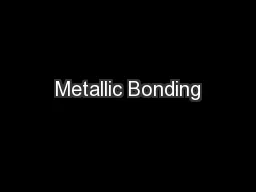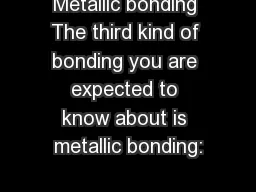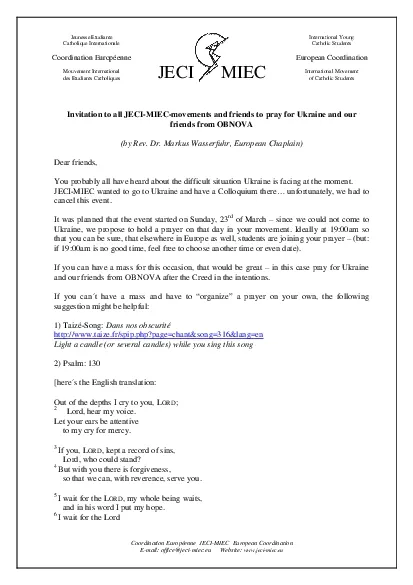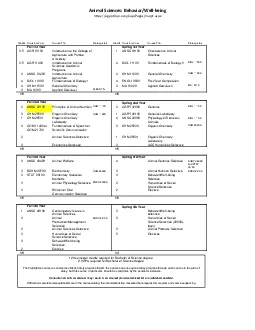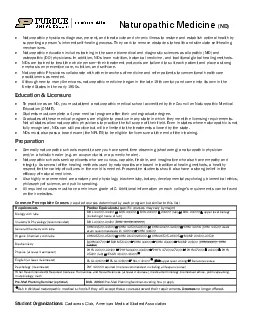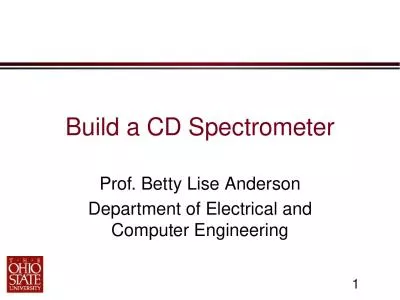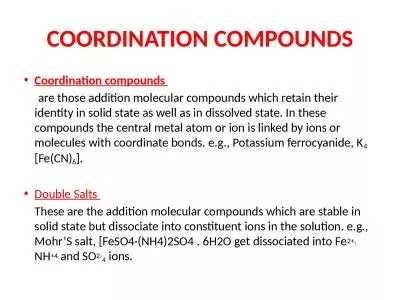PPT-CHM 4311 Coordination and back and pi-bonding
Author : taylor | Published Date : 2023-12-30
Nature of coordinative bond Backbonding Bonding of metals to p systems Valence bond and hybridization Each bond treated independently from the environment Resonance
Presentation Embed Code
Download Presentation
Download Presentation The PPT/PDF document "CHM 4311 Coordination and back and pi-bo..." is the property of its rightful owner. Permission is granted to download and print the materials on this website for personal, non-commercial use only, and to display it on your personal computer provided you do not modify the materials and that you retain all copyright notices contained in the materials. By downloading content from our website, you accept the terms of this agreement.
CHM 4311 Coordination and back and pi-bonding: Transcript
Download Rules Of Document
"CHM 4311 Coordination and back and pi-bonding"The content belongs to its owner. You may download and print it for personal use, without modification, and keep all copyright notices. By downloading, you agree to these terms.
Related Documents




